1300年ほど前に小豆島で官牛放牧がはじまってひろまった讃岐和牛と、100年ほど前に日本で初めて小豆島で栽培に成功したオリーブが出会って生まれた『オリーブ牛』。オリーブオイルを搾った後の果実を牛の餌に混ぜて与えています。それによって一般的な和牛と比較して、うまみ成分が1.5倍、抗酸化成分が2倍に!!和牛の全国品評会において優等賞を受賞した肉質は、柔らかく旨味が多いのに、さっぱりとしてとても美味しいです。
It’s always nice to treat yourself to a special meal at your travel destination. In Takamatsu, one of the highlights for foodies is fine dining with Olive-fed Wagyu Beef. Olives are a local specialty of Kagawa, and after olive oil is pressed, the cattle are raised on the olive pulp that is left over. Let’s take a look at the premium olive-fed beef that won the Honor Award at the National Wagyu Fair.
Mr. Ishii has been involved in raising Wagyu/Sanuki cattle for 50 years. He was confident about the quality of the meat, but the market price was not as good as that of “brand-name” cattle such as Kobe Beef. With the number of livestock farmers decreasing, Mr. Ishii decided that he had to create a “brand-name” cattle unique to Kagawa Prefecture. Around the same time, the value of oleic acid was added to the evaluation standard at the National Wagyu Beef Fair, which is held every five years. Oleic acid improves the tenderness and umami flavor of meat and is abundant in olives, a specialty of Kagawa Prefecture. After the olives are pressed for olive oil, the fruit still has a lot of nutrients left in it. Mr. Ishii came up with the idea of feeding the Sanuki cattle feed mixed with olive pulp after pressing oil.
オリーブ牛
肉うどん
小豆島へ。Olive Line
小豆島に到着
オリーブ牛発祥の地。石井正樹農場にやってきました。農林水産大臣賞受賞。
美味しそう
オリーブ牛を開発した石井正樹さん
八坂神社。官牛放牧跡地。小豆島での牛の飼育の歴史は古く、西暦700年ごろに、天皇の命により国の放牧地があったことが続日本紀(797年)に記されています。
東洋オリーブさんを見学させていただきました。突然の訪問にも関わらず丁寧にご案内いただきました。ありがとうございます。
オリーブ牛の排泄物は、堆肥にしてオリーブ畑の肥料に活用しています。これまで小豆島では、搾油後のオリーブ果実が産業廃棄物になり、処分に困っていました。オリーブ牛は小豆島の循環型農業を目指す取り組みにもつながっています。
Olive beef, a new brand of Sanuki beef
Sanuki beef boasting one of the highest quality in Japan, with only Kagawa taste. “Olive beef” was born from such thoughts. Olives from Shodoshima, Kagawa Prefecture, which has a history of more than 100 years, and Sanuki beef, bred for a long time in the warm climate of Setouchi. Premium Kuroge Wagyu beef only in Kagawa Prefecture, where two histories and brands are fused. It is a Sanuki beef that has been raised after olives are harvested. The characteristics of olive cows are rich, refreshing, soft and healthy. Kagawa’s taste is gentle on women and children.
The secret of deliciousness
The secret of the taste of olive beef is oleic acid and antioxidants, which are abundant in olives. Oleic acid enhances umami, antioxidant ingredients make it healthy and thorough commitment to quality creates more softness. The characteristics of olive beef can be maximized by using it not only for regular meat dishes but also for roast beef and salads.
Until the birth of olive cows
Before the birth of the olive cow, there were many high walls, and the producers were struggling. One of the major challenges at the conceptual stage was how to give the fruit after olive oiling. At first, I tried to give the fruit after olive oil squeezing as it was, but I did not eat the cow and evaded everything with my tongue. After that, through trial and error, I thought that the olive astringency might be the cause. Taking a hint from dried persimmons and making a sun-dried one on a trial basis, we found that the olive sugar produced a caramel-like scent, which cattle liked to eat, and that they could be used as cattle feed. Discovery. In this way, even with a single feed, various difficulties and ingenuity overlapped, and a high-quality olive cow was born.
Olive-fed Wagyu Beef (OFW) was first introduced to the Japanese market
in 2011 and quickly earned a well-deserved reputation for excellence.
Most notably OFW took home a special prize for fat quality at the 2017 Wagyu Olympics.
OFW was featured on Eater’s The Meat Show with meat expert ※Nick Solares.
Solares noted that, “While finishing cattle with olive lees is unique to Kagawa,
the success of the process means that you shouldn’t be surprised to see it widely adopted in the future.”
Over 1000 Years of Cattle Raising
The bucolic island of Shodoshima in the tranquil Seto Inland Sea East of Osaka has been home to raising cattle for over 1300 years. Raising Wagyu cattle for meat production began in 1882. In the early 20th century, Shodoshima welcomed a second industry to its shores and now produces 99% of Japan’s olives and award-winning olive oil. Although it may seem that beef and olives have little in common, a local cattle rancher named Masaki Ishii felt differently.Happy, Healthy Cows
After years of observing the leftovers resulting from olive oil production going to waste, Ishii hit on the idea of feeding this nutritionally rich material to his herd. Initially, the animals wanted no part of the bitter substance but after many trials and errors, Ishii hit upon a complex, time-consuming process of drying and roasting the pressed olives. This caramelized the natural sugars resulting in a sweetness the finicky bovines were happy to eat. The effort that goes into this process fits perfectly with the Japanese ethos of mottainai , to waste nothing.It soon became evident that the cattle fed this mixture were producing superior beef. Not only was the meat rich, buttery, and supremely marbled, the high oleic content makes both the animals and the resulting beef very healthy.
オリーブ牛のブランド化への取り組み | オリーブ牛 公式サイト
オリーブ牛の生みの親、石井正樹氏
オリーブ牛は小豆島で和牛肥育を営む石井正樹氏(70歳)によって始められた。まずは簡単に石井氏の経営と飼養管理について紹介する。
石井氏は現在、和牛去勢牛を中心に約20頭(うち繁殖牛3頭)を飼養している。素牛の導入先は県内と北海道の十勝市場で、導入目安は月齢8~10ヵ月、体重280~300kg程度である。また「今は素牛価格が高いのであまり血統を選べない」とのことだが、それでも導入するときは共励会に出品できそうな血統の牛も1~2頭導入するようにしているそうだ。導入する牛の好みは、①エサをたくさん食べてくれるように口が発達した丸顔、
②枝重が期待できる体高のある牛、とのこと。また経営安定のため、「飼養頭数の1割は素牛導入よりコストがかからない自家産牛にしたほうがいい」というアドバイスを受け、第1花国の雌産子を2頭、華春福の雌産子1頭、合わせて3頭の繁殖牛を飼養。これらの繁殖牛には美津照重等の肉質・脂質に優れた資質系の種雄牛を交配しているそうだ。出荷目安は30ヵ月齢とのことだが、これは石井氏が自分で様々な月齢の牛の肉を食べてみた結果、30ヵ月齢まで肥育した牛が美味しかったためだという。出荷先は坂出市にある香川県畜産公社が中心で、他には高松市場や兵庫県の加古川市場などへも出荷しており、平均枝重は去勢で約530kg、4等級以上が9割以上となっている。
オリーブ牛誕生のきっかけ
オリーブ飼料を与えるようになったのは今から12年前、出荷先の1つである加古川市場の社長から受けたアドバイスがきっかけだった。石井氏は当時、香川県の地域ブランドである「讃岐牛」として出荷していたものの、石井氏の出荷先の1つである加古川市場は地元の高級ブランド「神戸ビーフ」の出荷先でもあり、その価格差は非常に大きく、1kgあたり1000円以上の差がつくことも珍しくなかったという。こうした状況を目にし「『同じ格付員が格付けしているのに、なぜこれだけ差が付くのか?』と、いつも悔しい思いをしていました」と石井氏は当時を振り返った。それに対し、加古川市場の社長は「それがブランド力の差です」と述べ、そして「讃岐牛も香川県らしい特徴を持った、美味しい牛肉を作ってみては?」とアドバイスをくれたそうだ。
ちょうどその頃は、脂質の善し悪しに関係するオレイン酸を含む一価不飽和脂肪酸(MUFA)を肉質評価の参考値として測定したことが話題となった鳥取全共(第9回全国和牛能力共進会)が開催された直後で、その次に開催される長崎全共からはMUFAが審査の際に加味されることになっていることも石井氏は耳にしていた。そうした時、地元小豆島の名産であるオリーブにはオレイン酸が豊富に含まれていることに石井氏は気がつく。そこでオリーブの実を飼料化して牛に与えれば、牛肉中のオレイン酸値が高まって美味しくなり、ブランドとしての特徴も出せるのではないかと石井氏は考えた。
さっそく石井氏は小豆島のオリーブオイルの製造工場からオリーブの搾り粕を譲り受けて牛に与えてみたものの、オリーブの実はカラスも食べないほど渋みが強く、全く牛が食べてくれなかった。そこで県の試験場に相談したところ「サイレージにしてみたらどうですか?」とアドバイスされたという。早速石井氏がサイレージ化を試みたところ、確かに牛は食べてくれるようになったのだが、夏場は腐食してしまい長期保存ができなかった。こうして、どのようにして飼料化すればいいのか悩んでいたとき、たまたま近所の人が干し柿を作っているのを石井氏は目にする。そこでオリーブの搾り粕を乾燥させることを思いつき、倉庫やビニールハウス、北風の当たる海岸など、いくつかの場所で乾燥させることとした。そのなかで、海岸で北風に当てて干したオリーブの搾り粕が一番早く乾燥したので早速牛に与えてみたところ、牛が喜んで食べてくれたそうだ。
オリーブの飼料化に成功した石井氏が次に取り組んだのが、適切な給与期間と給与量の調査であった。この頃の石井氏は60頭ほど肥育していたというが、この60頭を7つの試験区に分け、様々な給与期間と給与量を試してみたそうだ。こうしてある時、オリーブ飼料を出荷前に3ヵ月弱与えた牛を、オリーブ飼料を与えたことは内緒にして加古川市場で行われた共励会に出品したという。すると加古川市場の社長から石井氏へ「すぐに冷蔵庫へきてほしい」と声がかかったので冷蔵庫へ行くと「今までの肉と全然違いますが、何かしましたか?」と質問されたそうだ。そこでオリーブ飼料を与えていることを告げると、「脂質が良くなっていて、非常に美味しい牛肉に変わっていますよ」と褒めてもらったとのこと。この言葉で手応えをつかんだ石井氏は、小豆島の牛飼い仲間2人と一緒に3人で「小豆島オリーブ牛研究会」を結成しオリーブ牛の生産に乗り出すこととした。
その際に問題となったのがオリーブ飼料の給与期間と給与量だった。給与期間については出荷前3ヵ月弱で効果が現れていたので出荷前2ヵ月間でいいだろうと考えた。一方の給与量については、その頃、3人で年間の出荷頭数が合計で約150頭だったので、オリーブ飼料の生産量を給与期間2ヵ月で割ると1日あたり200~300gになったという。そこで給与期間は出荷前2ヵ月間、給与量は1日200gと規程を定め、配合飼料の上からオリーブ飼料を振り掛けるようにして与えることとした。生産開始当初の石井氏は「1頭あたり2万円くらい高くなればいいな」という考えで始めたとのこと。それも、短期間で実現するのは難しく時間がかかることも覚悟していたそうだ。また、オリーブ牛の生産を始めるにあたって香川県食肉事業協同組合連合会の森山英樹会長(現讃岐牛・オリーブ牛振興会会長)へ挨拶に行ったところ、「久し振りのいい話だ。応援するから頑張って下さい」と言ってくれた上に、県にもバックアップをお願いしてくれたという。
こうして始まったオリーブ牛の生産だが、オリーブ飼料を与えるようになってからエサを最後まで食べてくれるようになったので枝重が増えたとのこと。それと同時に格付も良くなり、他の仲間も含め3等級以下の発生率が格段に下がったそうだ。そして何よりも変わったのが脂質で、出荷先でも徐々に評判になっていった。こうしてオリーブ牛の出荷を続けて2年が経った頃には、オリーブ牛とオリーブ飼料を与えていない讃岐牛とでは1kgあたり100~200円程の価格差が付くようになっていた。
こうした状況を見て、「自分もオリーブ牛を生産したい」と声を上げる人が出始める。石井氏は当初から県の担当者に「もしオリーブ牛をやりたいという人が現れたら、ノウハウは全て教えます」と伝えていた。というのも、小豆島では年間150頭しか生産ができない。しかし、県内の生産者みんなでオリーブ牛を生産して多くの人に口にしてもらえば、香川県全体の和牛生産の活性化に繋がるのではないかと考えたからだ。こうして平成23年からは県内全域でオリーブ牛の生産が始まることとなる。

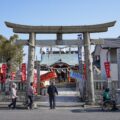

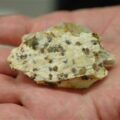
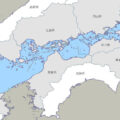



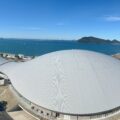
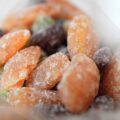
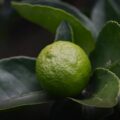

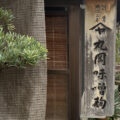
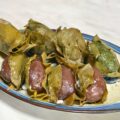



![【香川】春日川の川市 – [Kagawa] River market of Kasuga river](https://yousakana.jp/wp-content/uploads/wordpress-popular-posts/49605-featured-120x120.jpeg)
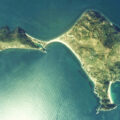






![【小豆島 11/9】狂言・農村歌舞伎公演 in 棚田の里(瀬戸内国際芸術祭) – [Shodoshima island Nov. 9] Kyogen and Rural Kabuki Performance in Tanada no Sato (Setouchi International Art Festival)](https://yousakana.jp/wp-content/uploads/2014/08/nousonkabuki-150x150.jpg)
![【小豆島・豊島】小豆島・豊島 秋祭りまとめ – [Shodoshima Teshima] The autumn shrine festival](https://yousakana.jp/wp-content/uploads/2016/10/shodoshima-festival-150x150.jpg)
![【小豆島 7/5】虫送り、江戸時代から島に伝わる行事 – [Shodoshima island 5 July] The torch procession at island](https://yousakana.jp/wp-content/uploads/2023/06/mushiokuri-shodoshima-island-150x150.jpeg)

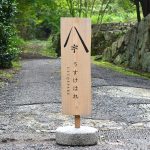

![小豆島の山と海とコーヒーと『moksha coffee』 – [Shodoshima island] Mountain, Sea and Coffee “moksha coffee”](https://yousakana.jp/wp-content/uploads/2021/12/moksha-coffee_02-1-150x150.jpeg)
![【小豆島】ぷりっぷりの食感に感動!『なかぶ庵』さんの生そうめん – [Shodoshima island] Somen noodles (fine white noodles) “Nakabuan”](https://yousakana.jp/wp-content/uploads/2022/03/nakabuan_shomen_shodoshima-island_index-150x150.jpg)
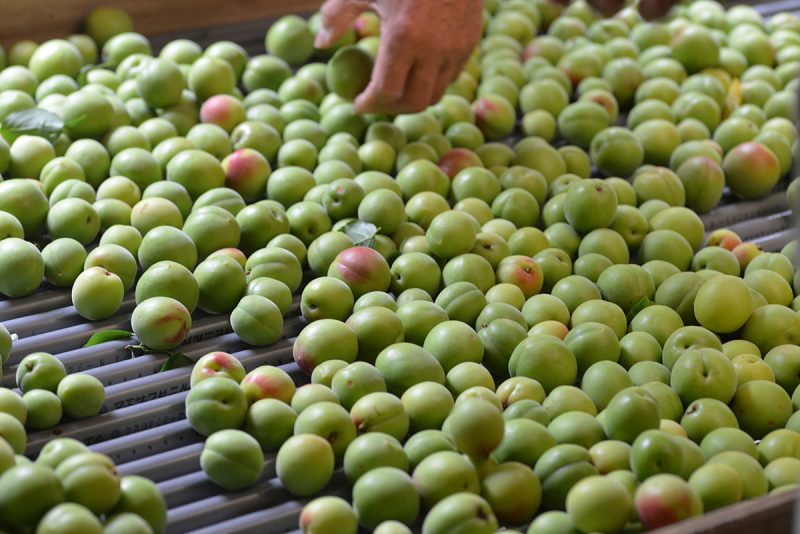
![【生誕102年 香川】彫刻家『流政之』 – [Kagawa] Sculptor Masayuki Nagare](https://yousakana.jp/wp-content/uploads/2019/04/nagare_matakimai-1-800x534.jpg)
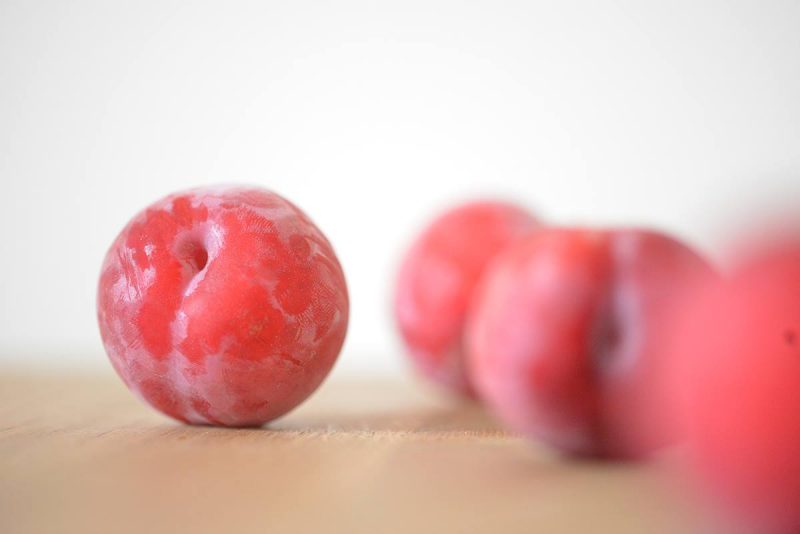

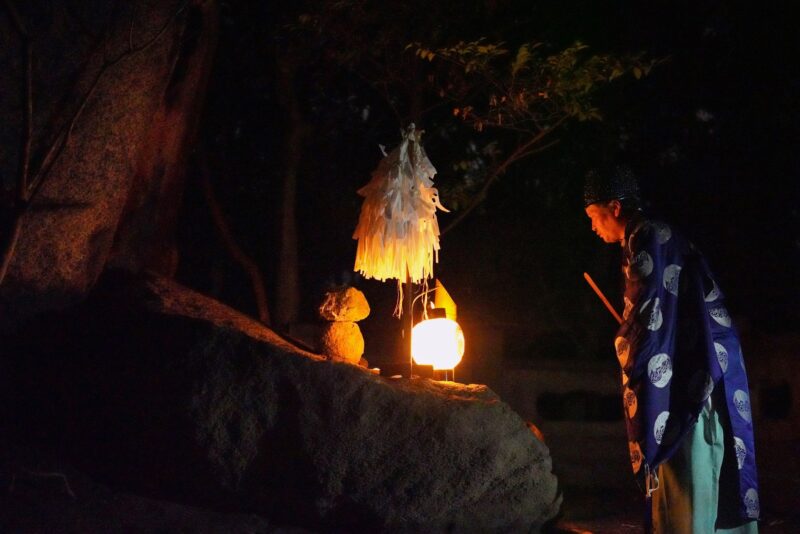
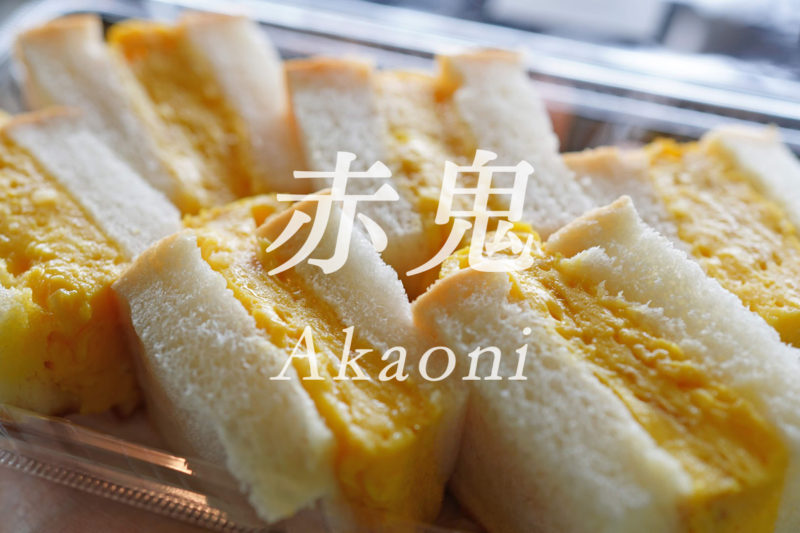


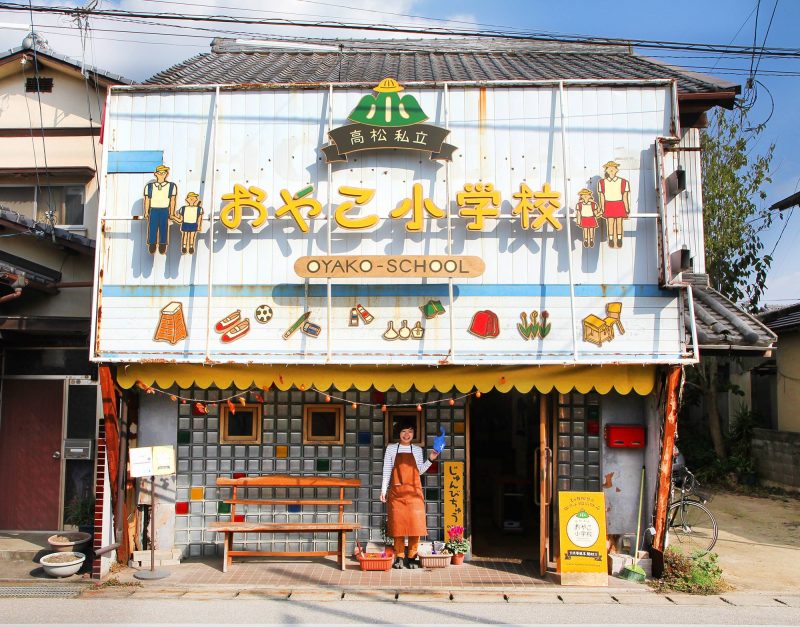



![【愛媛 国の登録有形文化財】今治ラヂウム温泉 – [Ehime / National tangible cultural property] Imabari Radium Hot Spring](https://yousakana.jp/wp-content/uploads/2022/12/imabari-radium-hot-spring-1-800x533.jpeg)
![【高知 7/19-20】浮世絵師 絵金の芝居屏風の祭り『土佐赤岡絵金祭り』 – [Kochi 19-20 July] The Ukiyoe Ekin festival, Akaoka, Kochi](https://yousakana.jp/wp-content/uploads/2015/07/ekin-800x536.jpg)
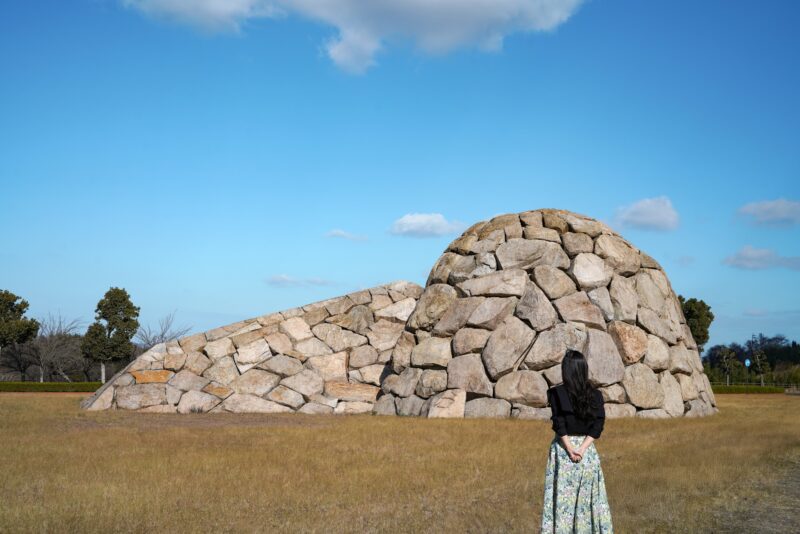
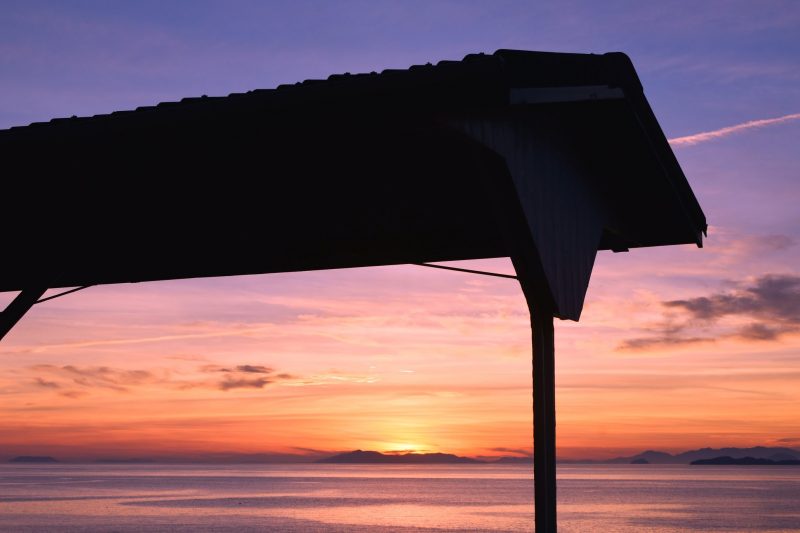
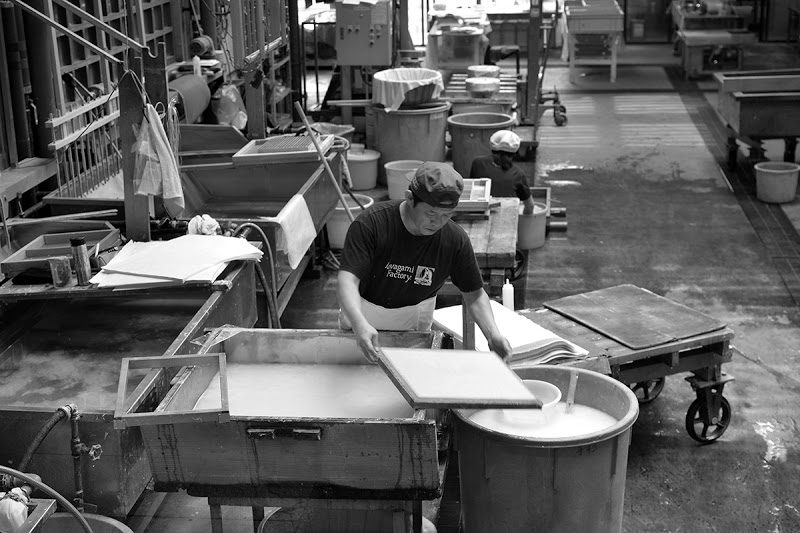
![【香川 讃岐十景】奇岩と清流『三霞洞渓谷』 – [Kagawa] Mikado Valley](https://yousakana.jp/wp-content/uploads/2021/11/Mikado-Valley_kagawa-800x533.jpg)
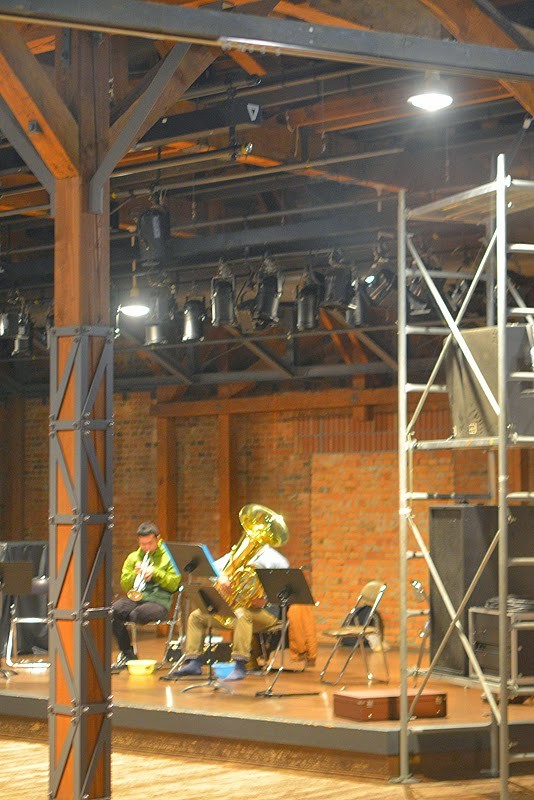

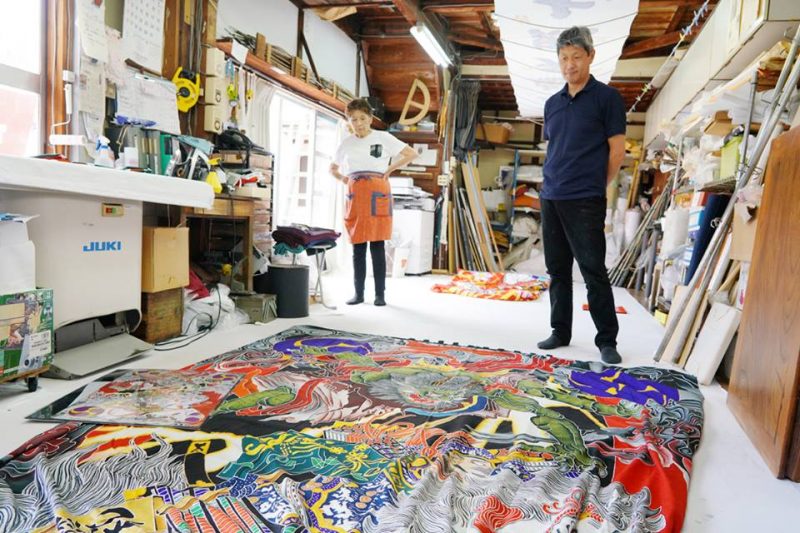
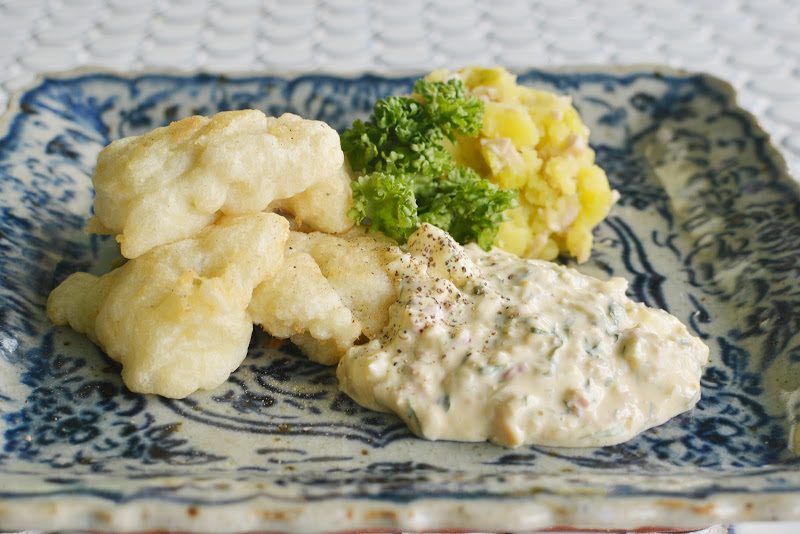
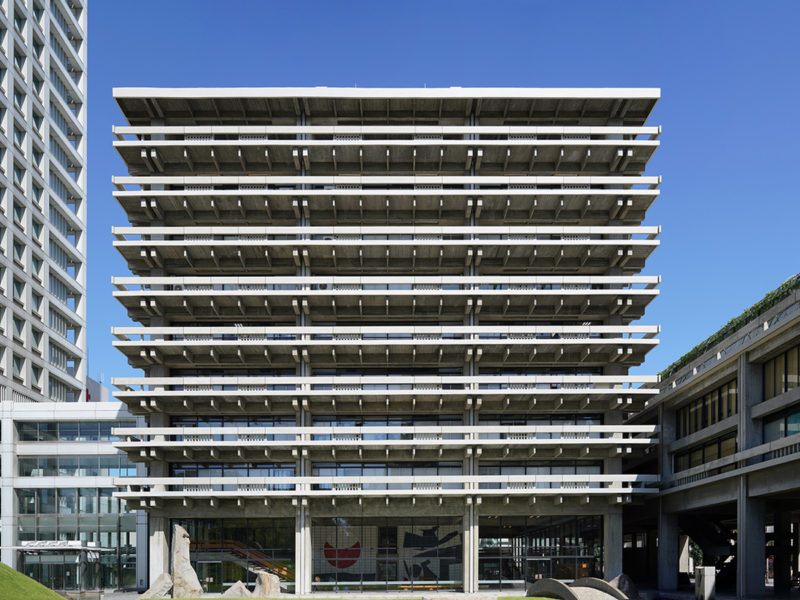
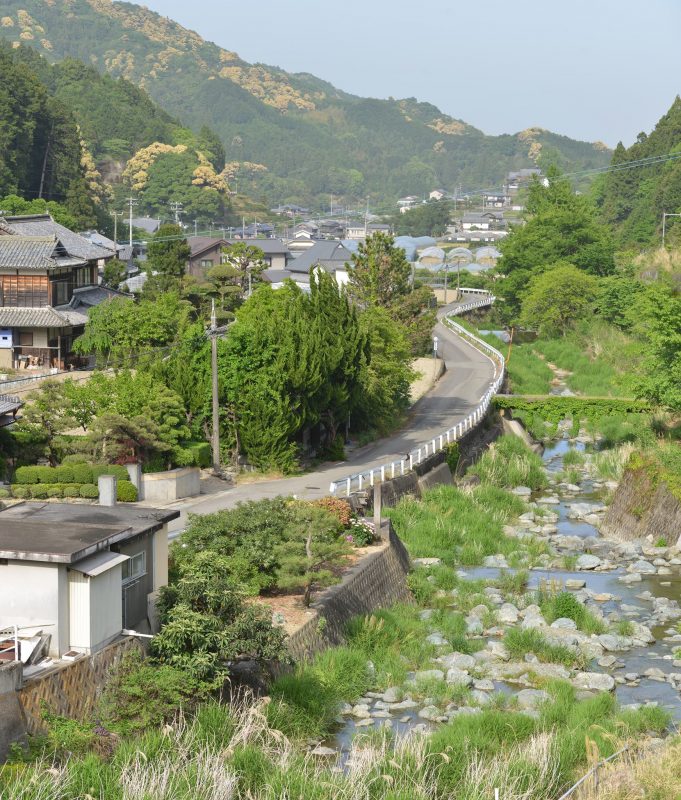
![【香川】地球で冷やした冷風が吹き抜ける!高鉢山の風穴 – [Kagawa] Earth-cooled winds blow through! Blowing cave in Mt. Takahachi](https://yousakana.jp/wp-content/uploads/2024/07/Blowing-cave_fuketsu_mt-takahachi-800x533.jpg)
![【香川】ちょうさが集まる瀬戸内の秋祭り「白羽神社 秋祭り」 – [Kagawa] Shrine Autumn Festival with CHOUSA at Setouchi](https://yousakana.jp/wp-content/uploads/2015/09/DSC_01051-800x536.jpg)
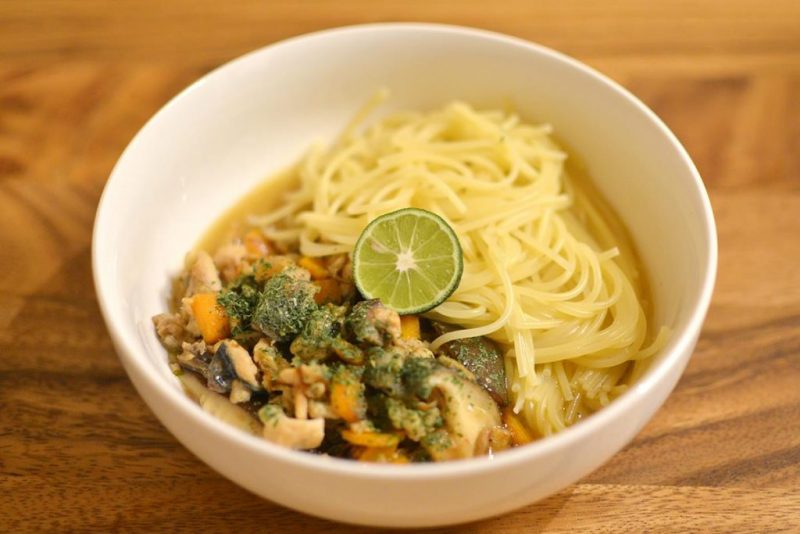

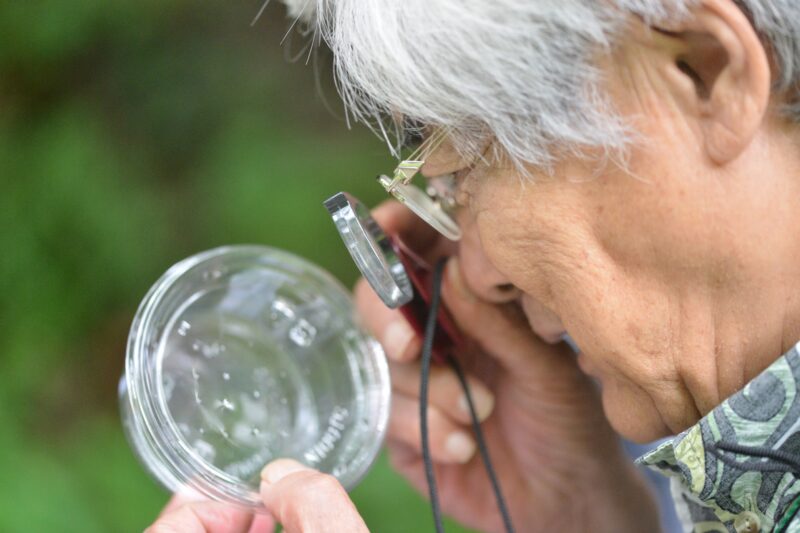
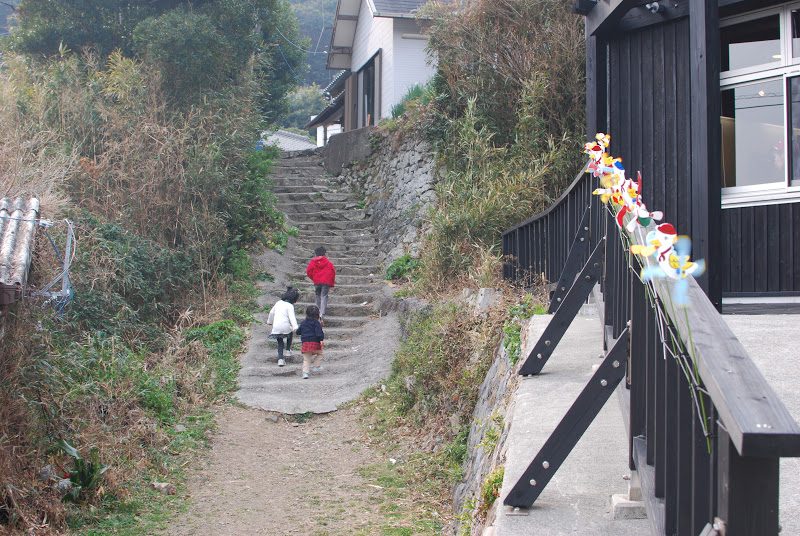
![【淡路島】丹下健三設計『戦没学徒記念 若人の広場』 – [Awajishima island] “Memorial of War Dead Students, Youth Plaza” designed by architect Kenzo Tange](https://yousakana.jp/wp-content/uploads/2022/08/awaji-island_kenzo-tange-800x534.jpg)
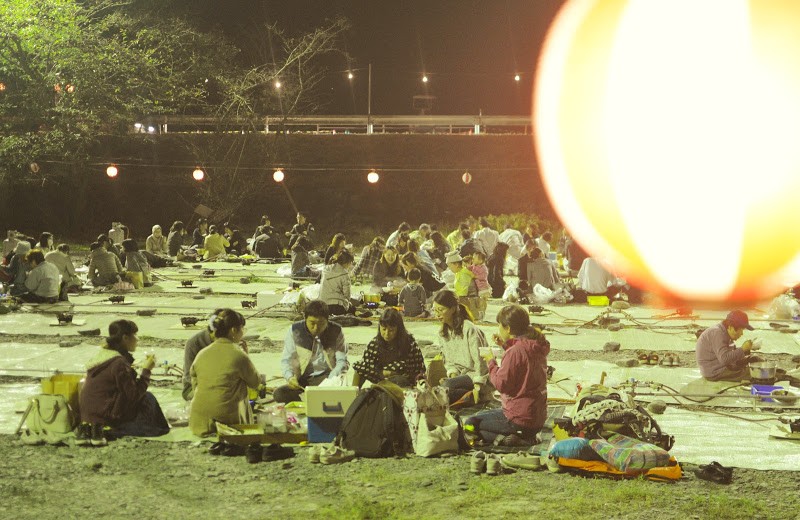

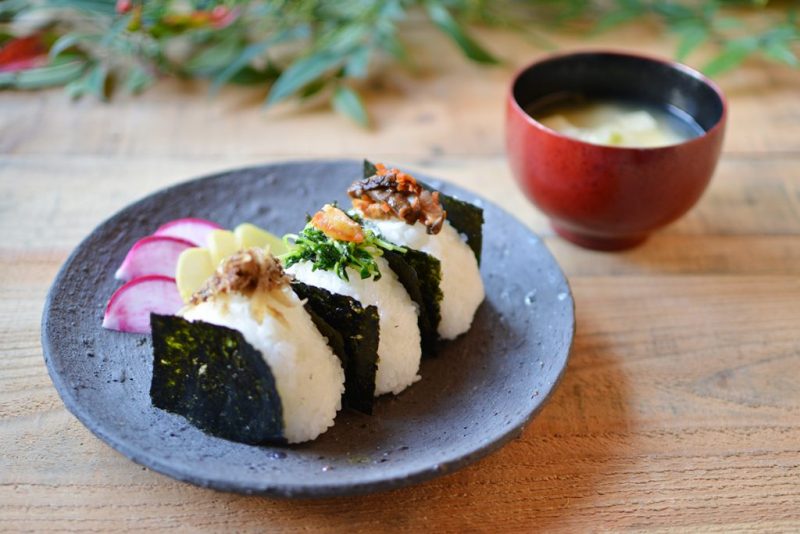
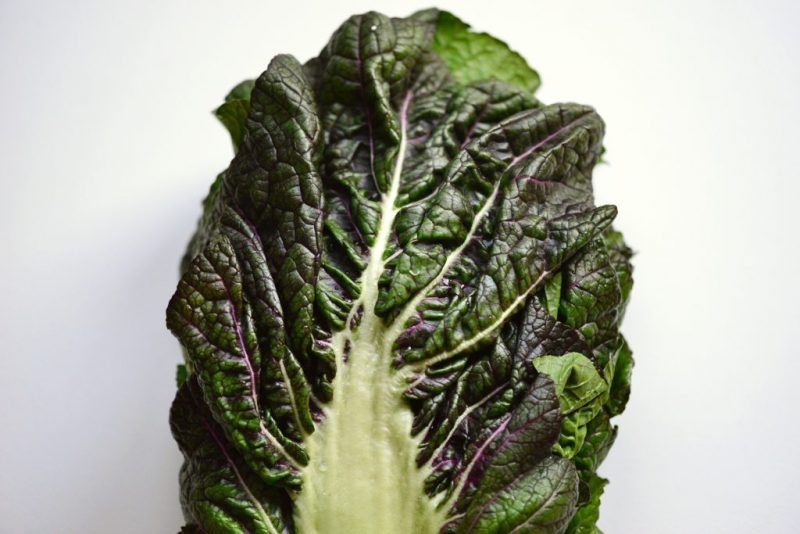
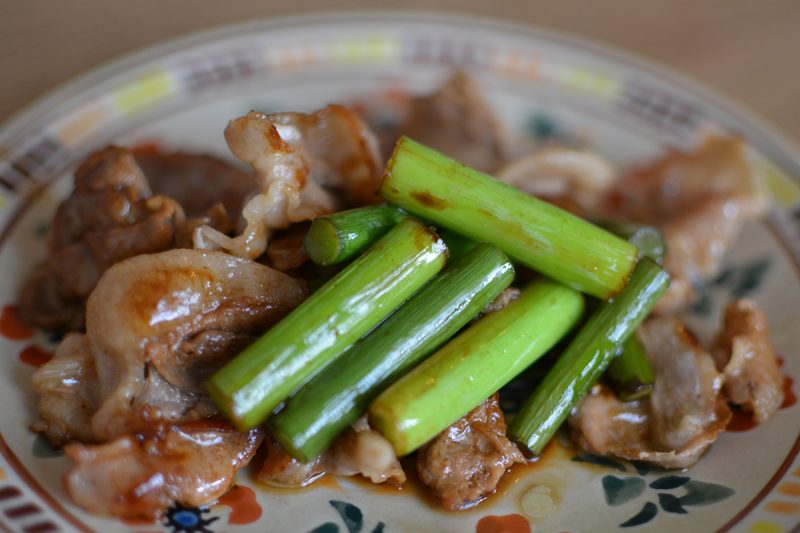
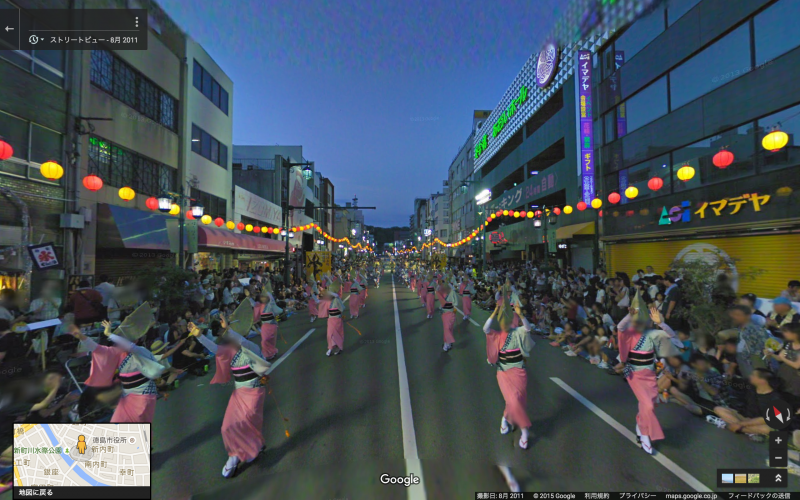
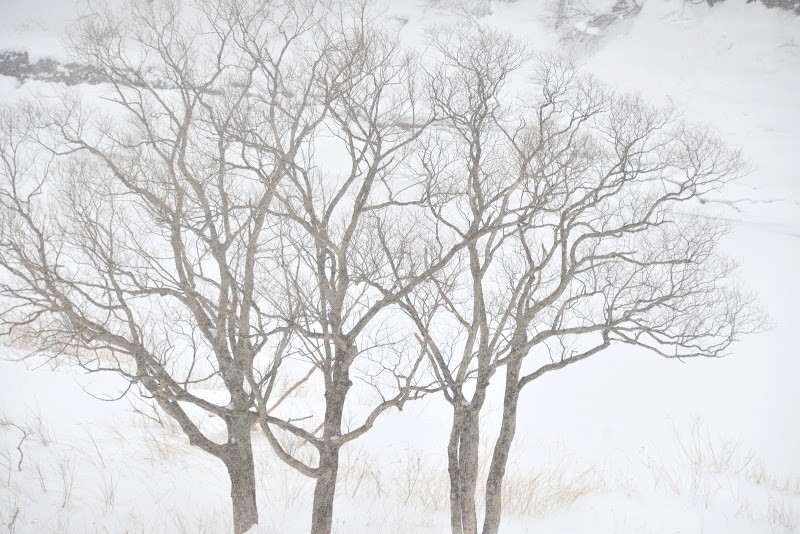
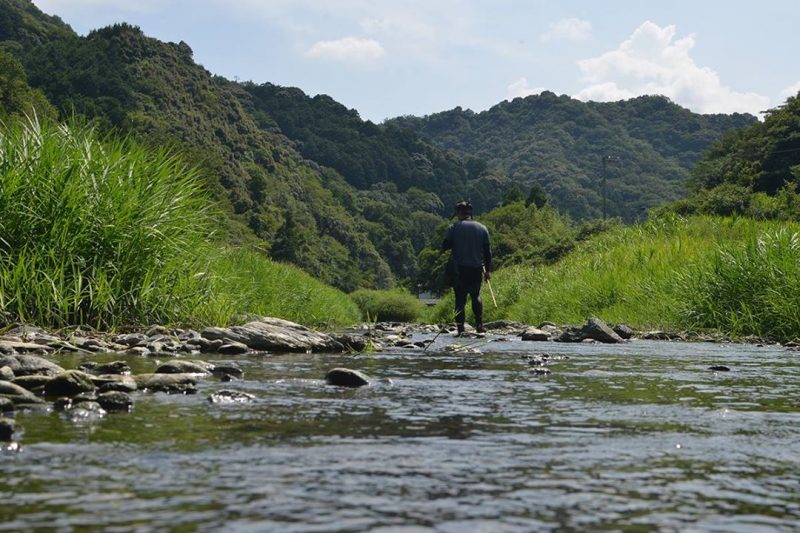

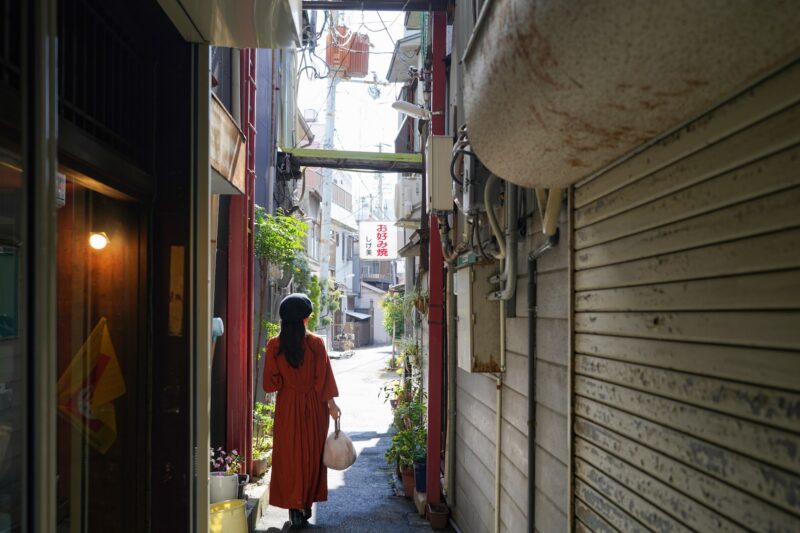


![【香川 国の登録有形文化財】築100年以上の古民家『松賀屋』 – [Kagawa National tangible cultural property] “Matsugaya”, Traditional Japanese House](https://yousakana.jp/wp-content/uploads/2018/07/matsugaya_nio_mitoyo-800x534.jpeg)
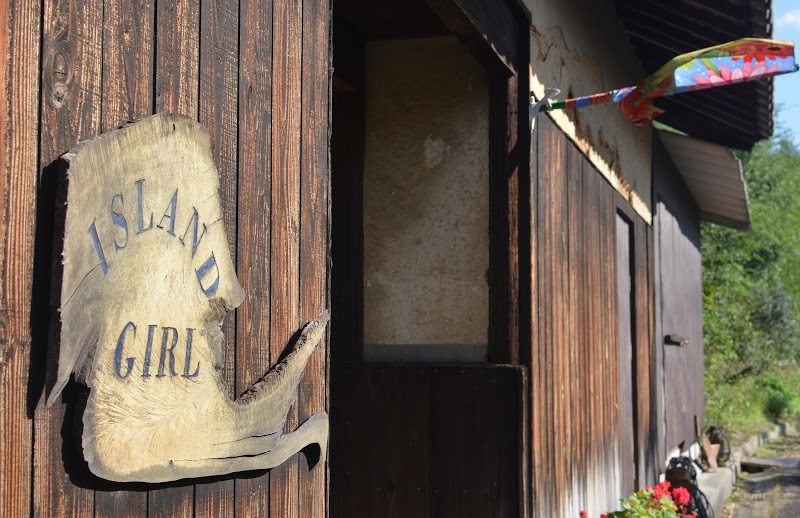
![【本島】海を休ませるレストラン – [Honjima island] Resting Sea Restaurant](https://yousakana.jp/wp-content/uploads/2024/02/honjima_fish-Restaurant-800x533.jpeg)

![【香川】花崗岩の採石で栄えた小さな島、小与島(こよしま) – [Kagawa] Koyoshima island](https://yousakana.jp/wp-content/uploads/2020/08/koyoshima-island-800x534.jpg)
![【静岡】日本初!泊まれる公園『インザパーク』 – [Shizuoka] The park to be able to stay “INN THE PARK”](https://yousakana.jp/wp-content/uploads/2020/12/inn-the-park-800x534.jpg)
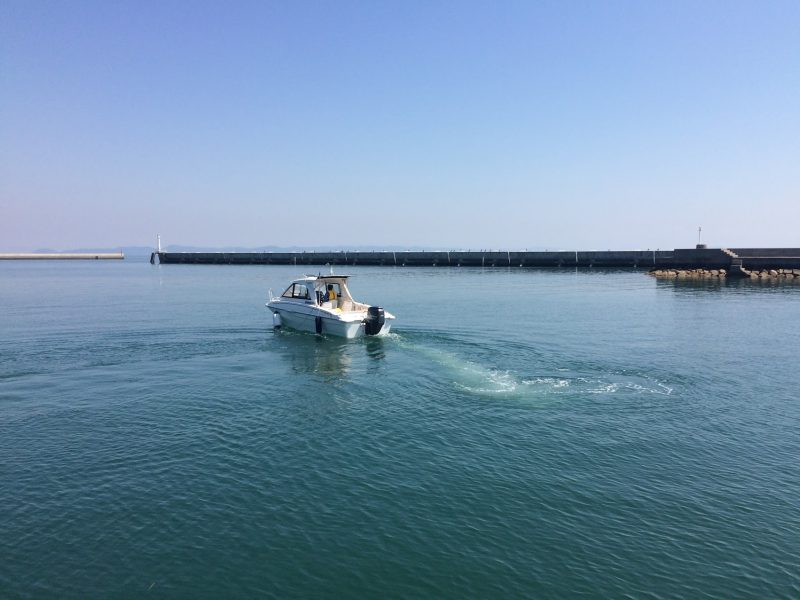
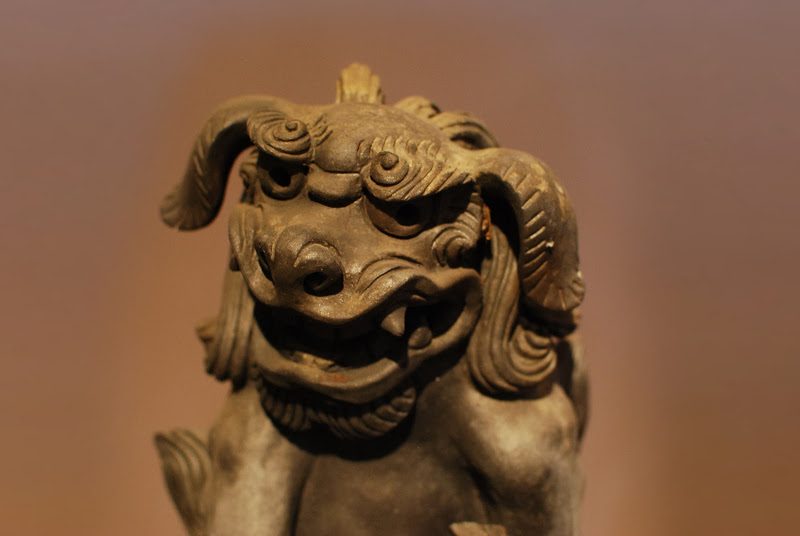

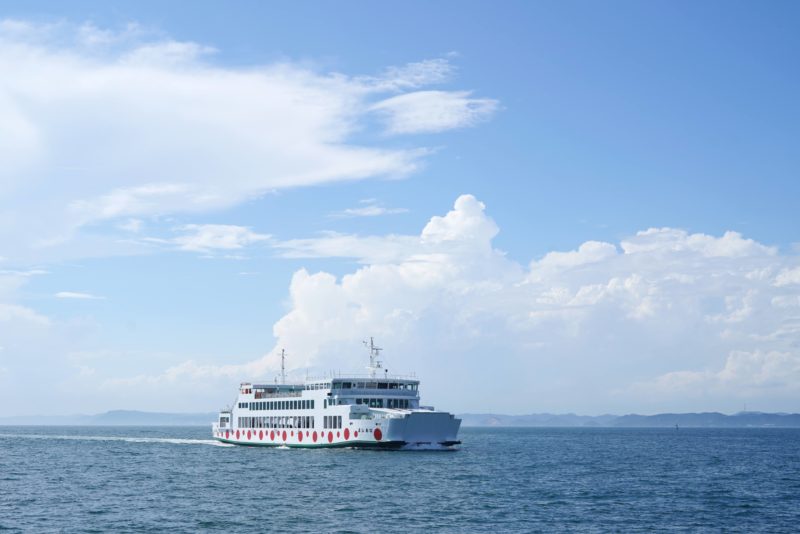
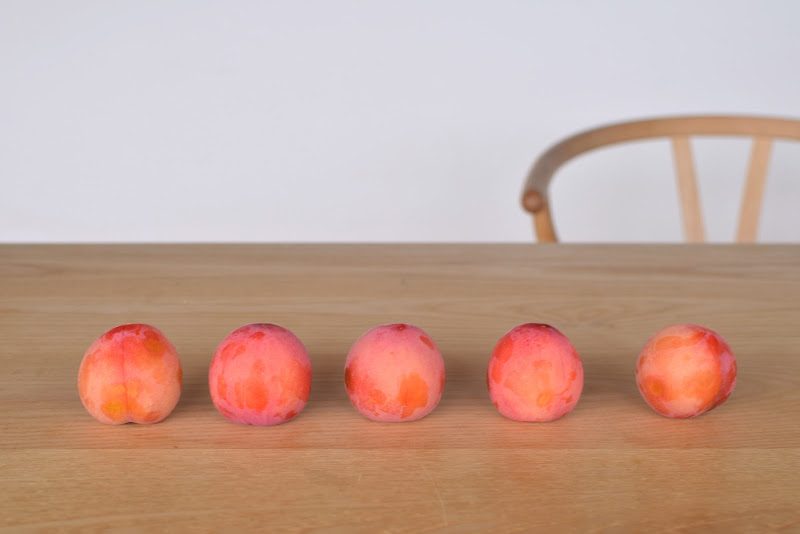
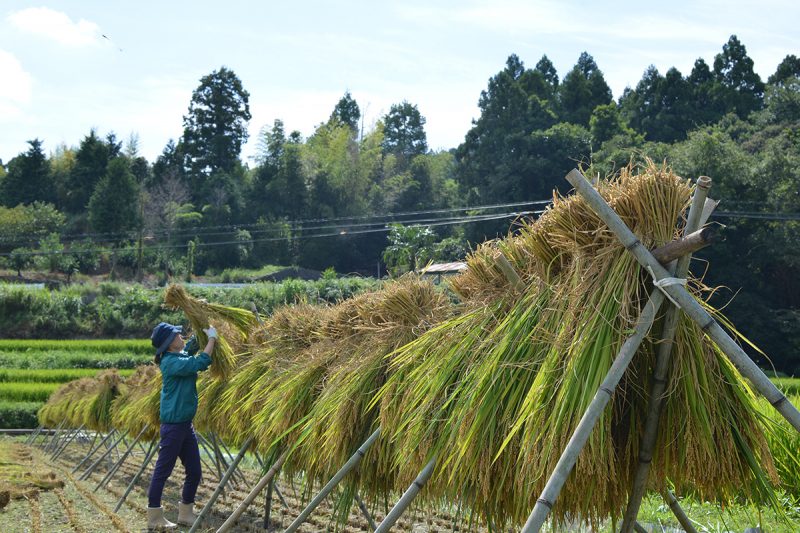
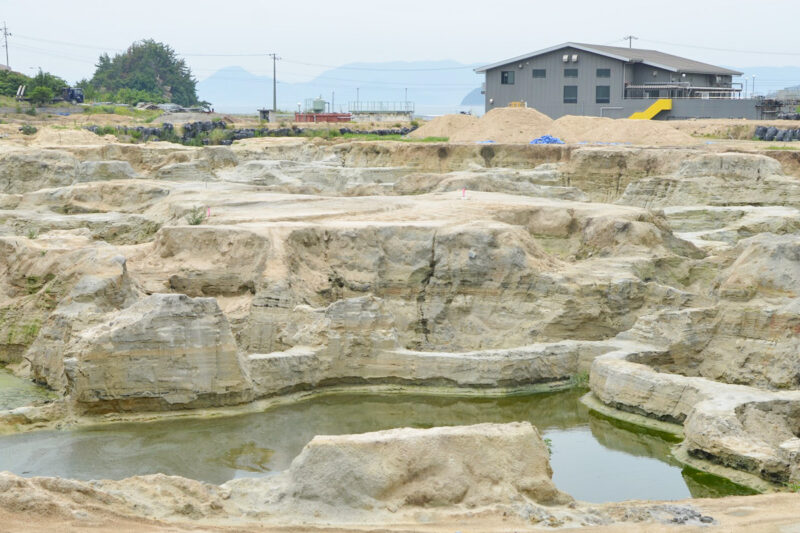
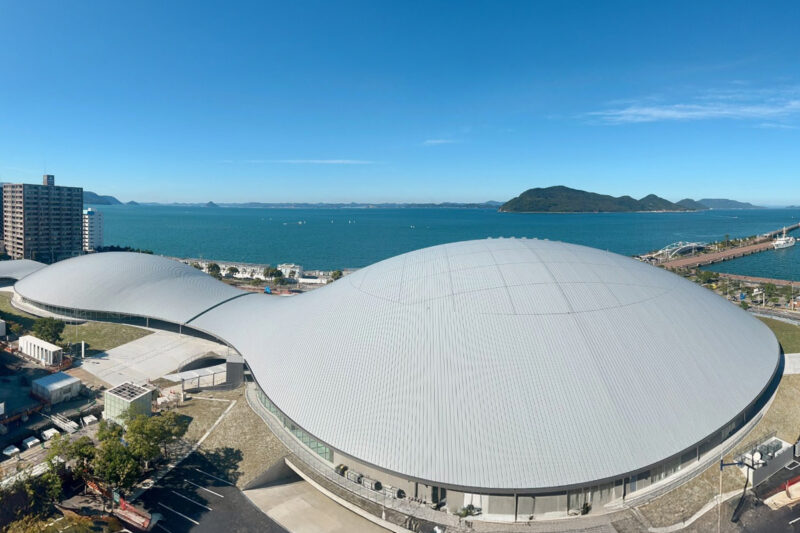
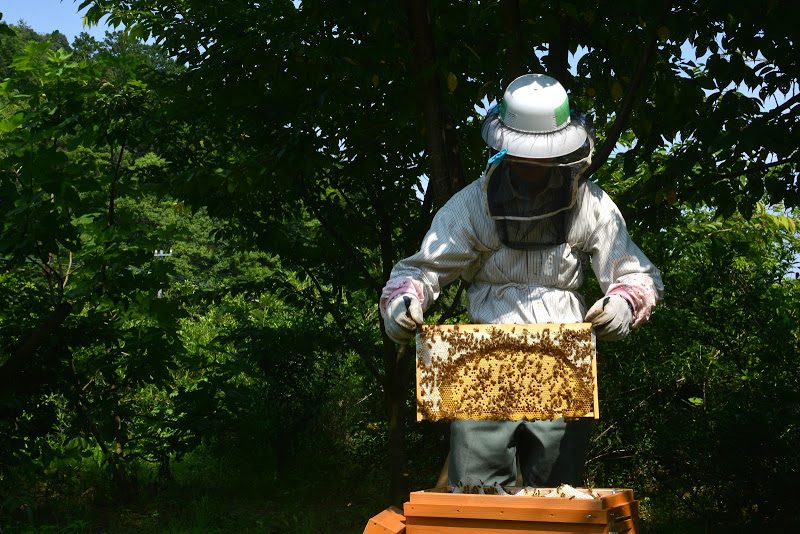
![【徳島 6/1(土)一般公開】全国唯一。江戸時代の塩づくりの家『福永家(ふくながけ)』 – [Tokushima] “Fukunagake” Saltworker’s Residence](https://yousakana.jp/wp-content/uploads/2022/10/fukunagake_naruto-800x534.jpeg)
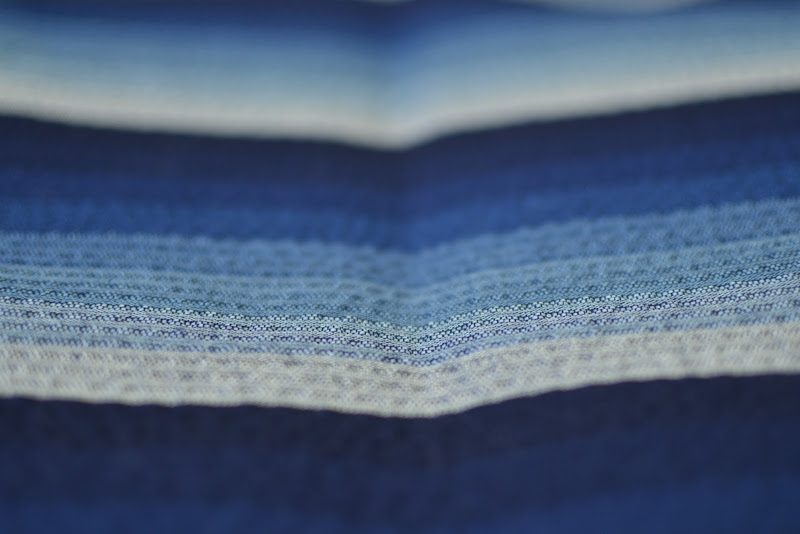

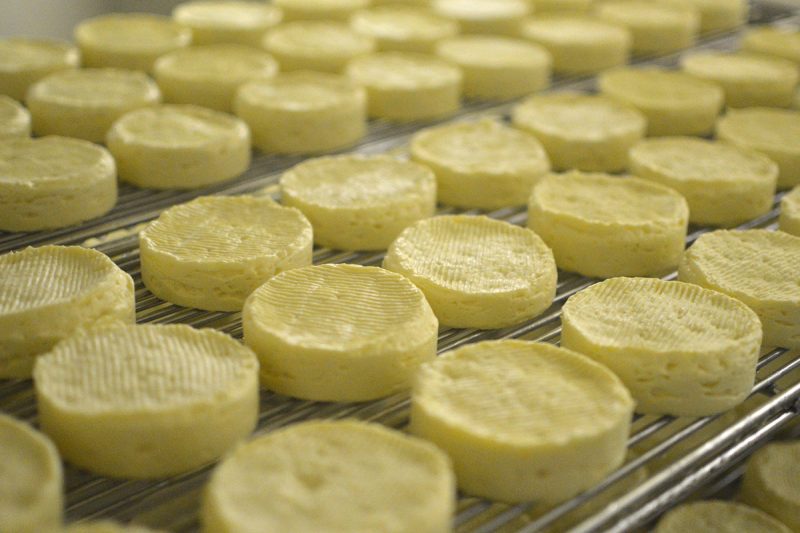


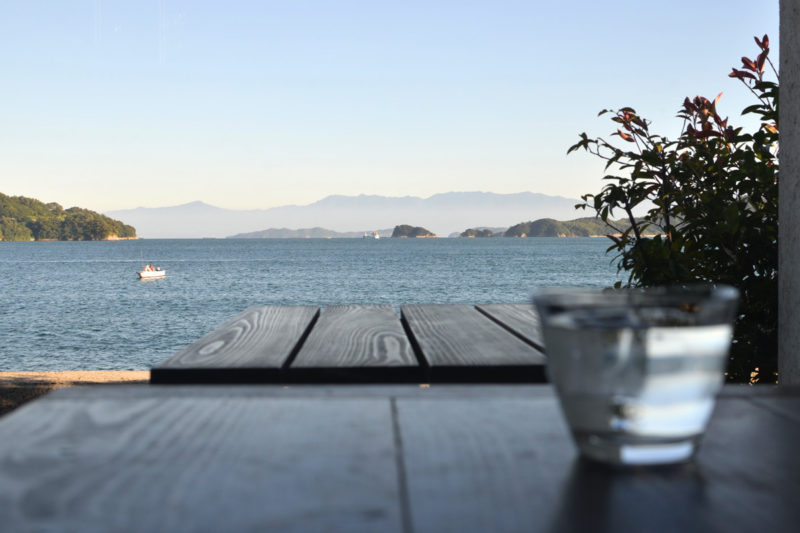
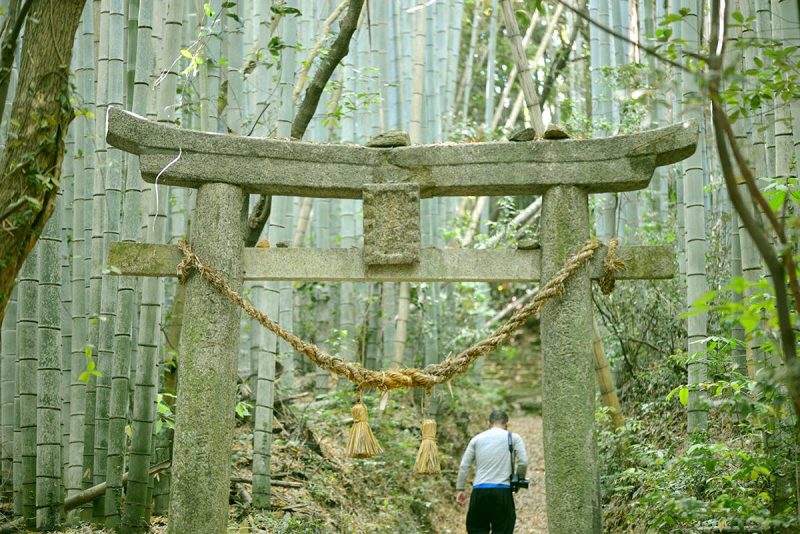
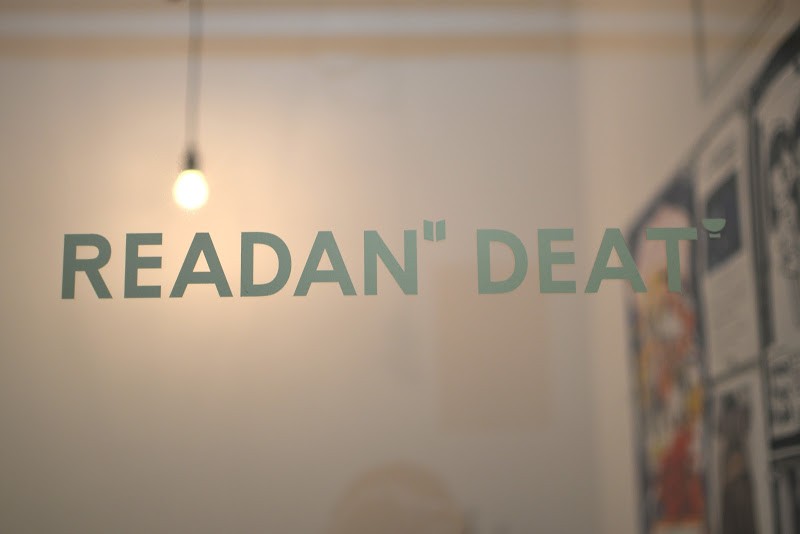

コメントを残す